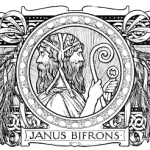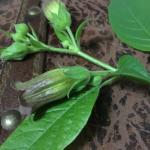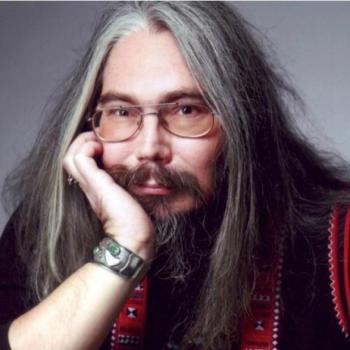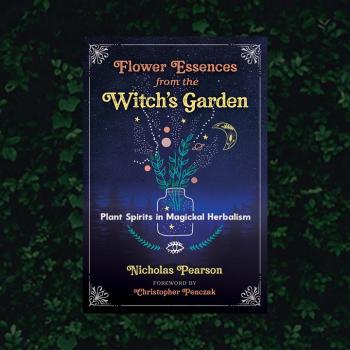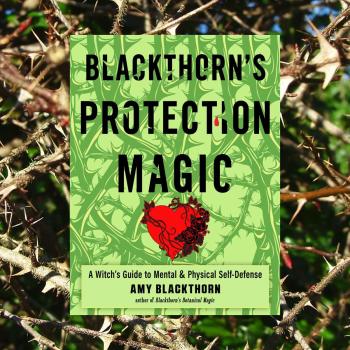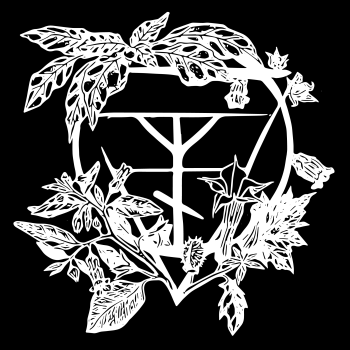March 24th, 2018
This is a collection of historical information and folklore that I have collected over the years from various sources both primary and secondary. I prepared this short summary on the Mandrake or Mandragora officinalis for a workshop I teach on The Witch’s Herbs. This is by no means an exhaustive listing of all of the lore surrounding this magical plant. There are entire books devoted to the myth, lore and magic of the Mandrake. This is just a starting point.
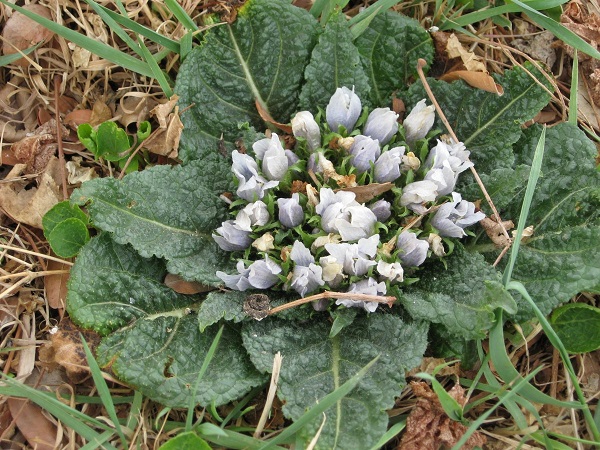
Mandrake: History, Facts and Folklore
An infamous herb of ancient origins, some of the earliest accounts from ancient Mesopotamia date back as far as 2000 BCE.
The plant is also mentioned in the Old Testament in the Book of Genesis, and the Song of Solomon
It was said that King Solomon wore a portion of the root in his ring to give him power over djinn.
Hebrew and Arabic names for the plant refer to it as “the burning,” or Devil’s Lamp
It was believed to glow at night with an otherworldly flame
Greek Mythology places this plant in the mythic gardens of Hecate, Circe and Medea.
It was said to have grown from the fluid that spilled from Prometheus’ liver.
Dioscorides in his famous 1st century materia medica outlines the plant’s uses in surgery, based on its sleep-inducing properties.
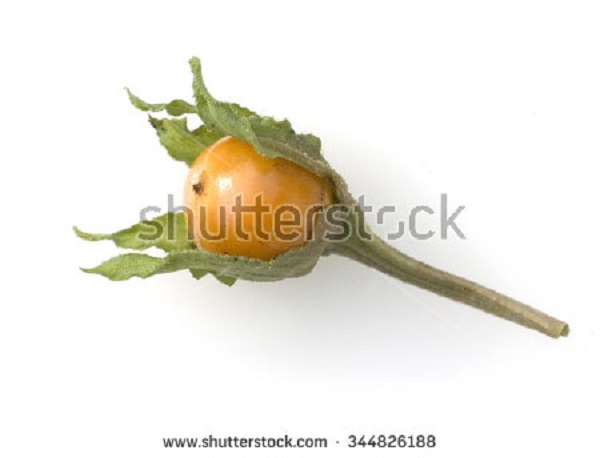
Ancient Romans knew the plant as Morion and were well aware of its pain relieving and anesthetic qualities.
Small amounts of the plant were taken before battle as stimulants
It was also given to crucifixion victims to ease their suffering, and thereby prolong their death.
Earlier knowledge of these plants were preserved in Christian monasteries
Records found in Benedictine monastery from the 9th century document continued medical use.
Spongia Somnifera
An ancient form of anesthetic that utilized the inebriating and pain relieving effects of plants like Mandrake and Henbane along with opium and other ingredients.
The volatile liquids of the plants were soaked up by small sponges to store the liquid once it dried. When ready for use the moistened sponge was placed beneath the nose of the patient and inhaled to benefit from its anesthetic effects.
The earliest records of the sponges were found as far back as Ancient Egypt.
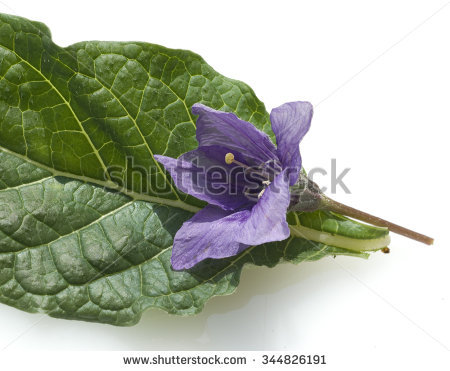
Mandragore and The Alraun
The use of magical roots carved into humanoid shapes to house spirits may have originated in Northern Europe in the form of the Alraun
Combining medieval alchemical concepts of the Homunculus with the mythology of the Mandrake and its Germanic counterpart the Alraun
Much of the lore surrounding the use of the Mandrake in the creation of the Homunculus or plant spirit familiar comes from the Middle Ages
Originally in Northern Traditions the Alraun would have referred to any root with a humanoid shape.
In the Middle Ages it was thought that these root fetishes were given to Witches by the Devil to aid them in their Working.
The Mandrake gained an infamous reputation in connection to magic and witchcraft from medieval herbalists, combining its Greco-Roman mythology with existing plant traditions.
Alraun– is an old Germanic term, originally of Celtic origins relating to the word “rune,” it refers to mystery and magic. In the Germanic language words alraune, alruna, or alrune are synonymous with witch and witchcraft.
Alraundeberen– Alraun-bearer: became synonymous with accusations of witchcraft, and possession of such an object carried a death sentence by the 16th century.
Alruna– is the name of a Valkyrie in Norse tradition, related to the Crossroads.
In Northern Traditions any root of appropriate size and shape may be used. Either naturally anthropomorphic or carved to resemble and androgynous figure.
Common roots used are Dandelion. Bryony, Thistle and even some tree roots.
The body of the root acts as a vessel for the spirit. Ritual preparations are made to bring the spirit into the fetish, and regular offerings are made to keep in active.
The vessel is known as a Mannakin, Mandragore or Alraun
It is treated like an honored ancestor.
The Mannakin acts as a spirit familiar, protector and teacher.
The fetish and its spirit were often passed down through the generations maintaining the original spirit contract
They are often stored in a coffin-like box, which is stored in a secret place, as the Mannakin should always remain unseen.
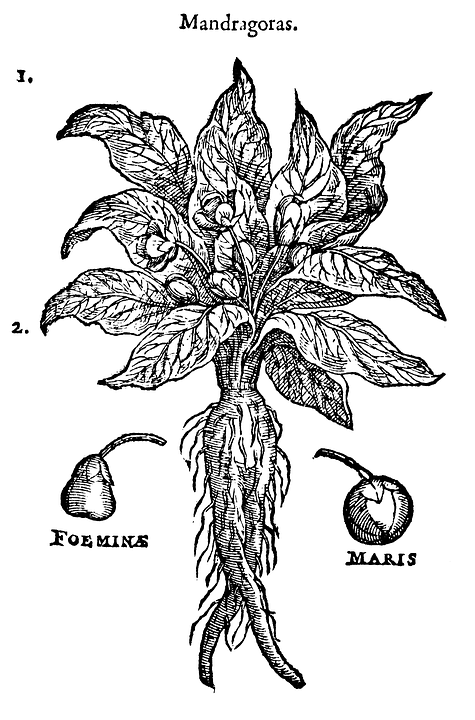
Creating the Magistellus
From Mastering Witchcraft, by Paul Huson
One of the foundational texts outlining traditional witchcraft as specifically practiciced in the UK.
Paul Huson is a well-known writer on the topic of historical witchcraft practices.
Mastering Herbalism, is another book by Huson that is highly recommended for anyone interested in traditional herbal magic.
Magistellus– is a term used in classical withcraft to refer to the familiar spirit. In this context it is synonymous with the alchemical homunculi, the Mandragore and the Alraun.
Its main function was as a protective talisman, kept in the home, where regular offerings are made to the physical vessel.
It has also taken on the role of Witch’s Familiar, assisting us with our magic.
Traditionally a plant would have been selected between the Winter Solstice and Vernal Equinox when the roots are hibernating and contain the plant’s vital energy.
A clockwise circle is traced around the plant, and the intention is stated while offerings are made.
Right after the New Moon, before it begins waxing the root is carefully exhumed, lower leaves are removed, and the ritual blade is used to carve the root’s existing features into a more humanoid shape. Traditionally it would represent the opposite sex of the practitioner; although often represented androgynously.
Be careful not to over-carve the root; because it is then reinterred and left in the soil for an entire moon cycle. Regularly visiting the plant for watering, and libations containing small amounts of milk or blood.
During this time the parts of the root that were carved will heal over.
With regular offerings and invocation, the plant spirit is empowered and called into the root.
At the end of the Lunar cycle, the root is dug up and allowed to dry, which is a slow process that can take a couple of months. It is traditionally appropriate to fumigate the drying root with the smoke of Vervain.
Caring for the Mannakin: once the root itself is completed the ritual process of enlivening the root begins.
In a kind of baptismal rite, the root is named and dedicated, often anointed with special oils.
The root itself is stored in a secret place, kept away from wandering eyes. In traditional craft it would have been kept close to the hearth, the center of the home.
Many practitioners fashion a coffin-like box or other vessel that can also be enchanted with spells of protection and empowerment, and marked with sacred symbols.
It could also be kept in a wooden bowl where offerings of oil, blood, milk or honey can be sprinkled over the root.
Some kind of cloth or shroud is also used to wrap and protect the root when it is being stored.

The Alraun Ritual
The alraun is the Northern Counterpart to the Mandrake. We often see common themes arising independently in earth centered spirituality. And this is one example of such a case.
In Northern Europe there was already a type of plant familiar that was being employed by Germanic and Norse people.
It eventually was syncretised with the mythology of the Mandragore from the Mediterranean due to their similarities in preparation and application.
Folklore mentions various roots that would have been employed by Northern Practitioners, that were native to the area.
Huson, mentions a ritual where the plant involved is the Rowan or Mountain Ash.
In norther traditions this tree is The Tree of Life, the axis mundi that connects the three realms.
It is directly associated with magic and witchcraft.
During the Middle Ages it became known as a protective plant that would avert both physical and magical harm.
In this process instead of the root, a branch of the tree is selected and used to carve the Mannaking into a shape resembling the opposite sex.
This ritual follows a similar model of petitioning the plant spirit, making offerings, and ritually preparing the Alraun.
An intriguing addition to this ritual is that after the Alraun has been created, the practitioner will sleep with it under the full moon.
Traditional alraun folklore, associates these plants with Warlocks in later folklore. Sleeping with the Alraun, was akin to the Fairy Marriage, in which human and fae are bound in a kind of union.
Simillar offerings are made on a regular basis to uphold the contract with the familiar spirit and provide a consistent reserve of power for it to do its work.
References and Additional Resources:
Mastering Witchcraft, By Paul Huson
Mastering Herbalism, By Paul Huson.
Culpepper’s Complete Herbal, By Nicholas Culpepper; an online index of this herbal is HERE
Medea’s Ritual of the Mandrake, By Sarah Anne Lawless.
The Mystic Mandrake, By C.J.S. Thompson.
Atlas Obscura did an article featuring Mandrake in modern witchcraft, here.

